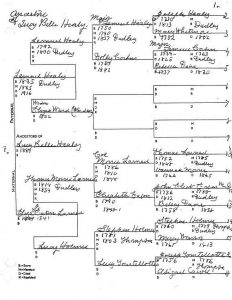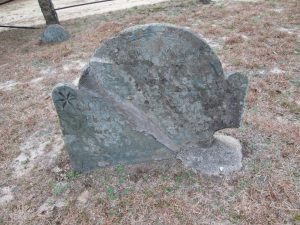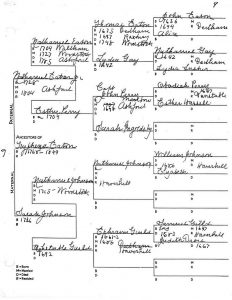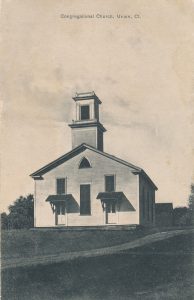 The Stamp Act, passed in 1765 by the British Parliament, was a levied tax on legal documents, almanacs, and newspapers – basically, any form of paper used in the American colonies. The reason Britain passed the Stamp Act was to pay for the British troops stationed in North America, there to “protect” the colonists.
The Stamp Act, passed in 1765 by the British Parliament, was a levied tax on legal documents, almanacs, and newspapers – basically, any form of paper used in the American colonies. The reason Britain passed the Stamp Act was to pay for the British troops stationed in North America, there to “protect” the colonists.
The tax was to be paid in the British form of money, sterling, not the paper money the colonists used. This was the first direct tax that Parliament had used on the colonists. (The Sugar Act, passed in 1764, was a tax on trade rather than a tax on the everyday life of the colonists.) Continue reading A growing sense of community








